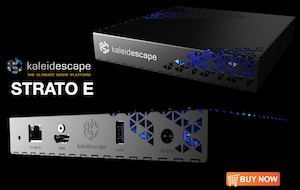Hi Everyone,
I've finally got my Audiolense system up and running and now have a better understanding of how the program operates and so on.
I've been struggling with the best way to implement my giant mono horn subwoofer that is located behind the listening position.
I would like to allow for my main speakers to run full range since they are able, with the sub supplementing in the lower octave as well as assisting in cancelling any nulls.
So far i've tried two ways of implementing it.
1. Setup an Audiolense two speaker system as Bass,Midrange,Tweeter then summing the bass signals in my audio interface
2. Setup an Audiolense two speaker system, but off loading the off both of the main speakers to the subwoofer. ( this way will not allow me to run the mains full range)
Is one way better than the other, or should I be implementing a different way?
NEXT question..
As mentioned the sound I'm getting is pretty good, impulse and step responses look good but I feel as if all of the life and visceral experience has been sucked right out of the music / room.
Is AL overcorrecting things? Could I have implemented something incorrectly?
I've finally got my Audiolense system up and running and now have a better understanding of how the program operates and so on.
I've been struggling with the best way to implement my giant mono horn subwoofer that is located behind the listening position.
I would like to allow for my main speakers to run full range since they are able, with the sub supplementing in the lower octave as well as assisting in cancelling any nulls.
So far i've tried two ways of implementing it.
1. Setup an Audiolense two speaker system as Bass,Midrange,Tweeter then summing the bass signals in my audio interface
2. Setup an Audiolense two speaker system, but off loading the off both of the main speakers to the subwoofer. ( this way will not allow me to run the mains full range)
Is one way better than the other, or should I be implementing a different way?
NEXT question..
As mentioned the sound I'm getting is pretty good, impulse and step responses look good but I feel as if all of the life and visceral experience has been sucked right out of the music / room.
Is AL overcorrecting things? Could I have implemented something incorrectly?

















